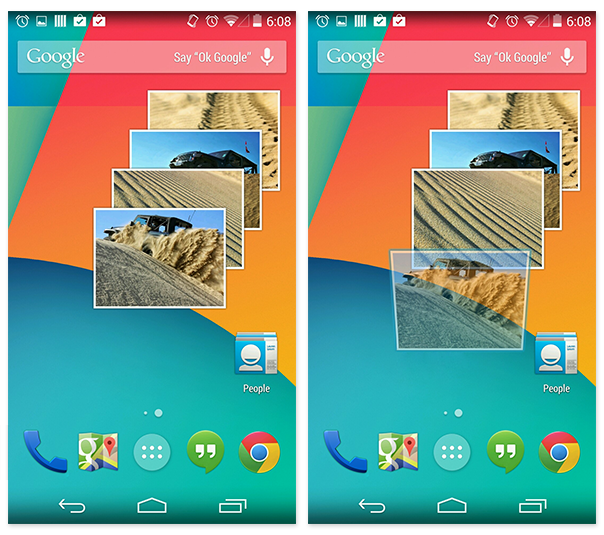Widgets can be a game-changer when it comes to personalizing and enhancing your Android device’s user experience. These handy tools offer live-updated information, quick access to app functionalities, and a visually appealing break from the grid of icons on your home screen.
In this comprehensive guide, we will walk you through the process of adding and resizing widgets on your Android device. We will cover everything from finding and adding widgets to your home screen, to resizing them according to your preference. Whether you’re a new Android user or an experienced tech enthusiast, this article will provide you with all the information you need to make the most out of widgets.
Adding Widgets
Adding widgets to your Android home screen is a simple process that can be done in a few easy steps. Here’s how to do it:
- Long-press on an empty space on your home screen. A menu will appear.
- Tap on the “Widgets” option in the menu. This will open the Widgets tab.
- Browse through the available widgets and find the one you want to add.
- Press and hold the widget you want to add, then drag it to the desired location on your home screen.
- Release your finger to drop the widget in place.
Note that the process may vary slightly depending on your device’s manufacturer customizations. However, the general steps remain the same.
Resizing Widgets
Resizing widgets allows you to customize their appearance and fit them perfectly on your home screen. Here’s how you can resize widgets on your Android device:
- Long-press on the widget you want to resize. A colored border with tabs will appear around the widget.
- Tap and hold any of the colored tabs situated around the sides of the widget.
- Drag the tabs inwards or outwards to resize the widget according to your preference.
- Alternatively, you can tap the menu button and select “Edit” to access the resizing options.
Not all widgets can be resized. Some come with preset sizes, while others offer a range of resizing options. If you’re unable to resize a widget, check the widget tab in your applications menu for multiple versions of the widget in different sizes.
Tips for Optimizing Widget Usage
While widgets can be incredibly useful, it’s essential to use them wisely to avoid draining your device’s battery and cluttering your home screen. Here are some tips for optimizing widget usage:
Choose widgets carefully: Select widgets that provide valuable information or quick access to functionalities you frequently use. Avoid overloading your home screen with widgets that you don’t find useful.
Limit animation and live-updates: Widgets that rely heavily on animation and live-updates can drain your device’s battery. Be mindful of the number of widgets with these features on your home screen.
Organize widgets across multiple home screens: If you have several widgets, consider spreading them across multiple home screens to avoid overcrowding a single screen.
Regularly review and remove unused widgets: Periodically assess your widgets and remove any that you no longer need or find useful. This will help declutter your home screen and optimize device performance.
By following these tips, you can make the most out of widgets without compromising your device’s battery life or cluttering your home screen.
Common Widget-related Questions
Can I add widgets to any Android device?
Yes, most Android devices support widgets. However, the process of adding and resizing widgets may vary slightly depending on your device’s manufacturer and software version. If you encounter any difficulties, refer to your device’s user manual or consult the manufacturer’s website for specific instructions.
Can I customize the appearance of widgets?
While not all widgets can be customized extensively, many widgets offer options for resizing, color themes, and additional settings. Explore the settings or options within each widget to see what customization options are available.
Can I download additional widgets?
Yes, the Google Play Store offers a wide variety of widgets that you can download and install on your Android device. Simply search for the desired widget in the Play Store, select the one you want, and follow the on-screen instructions to download and add it to your home screen.
Will adding widgets affect my device’s performance?
Widgets, especially those with live-updates and animations, can consume system resources and impact device performance. However, modern Android devices are designed to handle widgets efficiently. It’s essential to choose widgets carefully and avoid overcrowding your home screen with resource-intensive widgets to maintain optimal performance.
Conclusion
Widgets are a fantastic way to personalize your Android device and enhance your user experience. By following the steps outlined in this guide, you can easily add and resize widgets on your home screen, ensuring that you have quick access to the information and functionalities that matter most to you. Remember to optimize widget usage by selecting the most useful widgets, organizing them effectively, and regularly reviewing and removing any unused widgets. With these tips in mind, you can make the most out of widgets and enjoy a more personalized Android experience.
Experiencing difficulties with your Device, check out our “How To” page on how to resolve some of these issues.








